What is affecting these zinnias?
enoughcliches
16 years ago
Related Stories

GARDENING GUIDES6 Plants That Beat Butterfly Bush for the Wildlife Draw
It's invasive, a nonnative and a poor insect magnet. Check out these better alternatives to butterfly bush in the garden
Full Story
GARDENING FOR BIRDSWild Birds Transform a Woman’s Garden and Life
How Sharon Sorenson created a wildlife haven and became the Bird Lady of Southern Indiana
Full Story
GARDENING FOR BUTTERFLIESGardening for the Bees, and Why It’s a Good Thing
When you discover how hard bees work for our food supply, you may never garden without them in mind again
Full Story
FRONT YARD IDEASBefore and After: Front Lawn to Prairie Garden
How they did it: Homeowners create a plan, stick to it and keep the neighbors (and wildlife) in mind
Full Story
GARDENING GUIDESBackyard Birds: Invite Entertaining Hummingbirds Into Your Garden
Hummingbirds — unique to the Americas — zip through open landscapes seasonally or year-round. Here’s how to attract them
Full Story
ARTShow News: Rare Quilts Get Museum Time
See 6 intricate designs from a California exhibition and get tips for building your own quilt collection
Full Story
CONTAINER GARDENS7 Deer-Resistant Flowers for Your Summer Containers
Grow these as protection for edibles or just for their colorful beauty — deer might not like them, but everyone else will
Full Story
FALL GARDENING20 Favorite Flowers for the Fall Landscape
Vivid blooms and striking shapes make these annuals and perennials a delight in autumn gardens
Full Story
EARTH DAYHow to Design a Garden for Native Bees
Create a garden that not only looks beautiful but also nurtures native bees — and helps other wildlife in the process
Full Story
GARDENING FOR BUTTERFLIESBe a Butterfly Savior — Garden for the Monarchs
Keep hope, beauty and kindness alive in the landscape by providing a refuge for these threatened enchanters
Full StoryMore Discussions







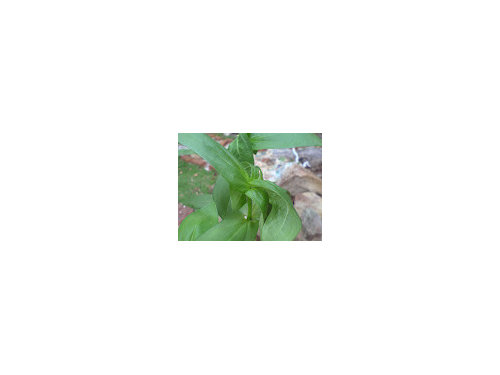
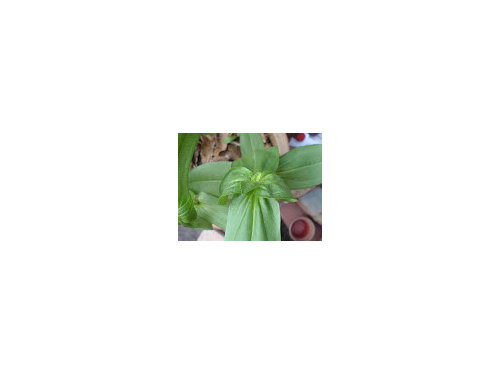
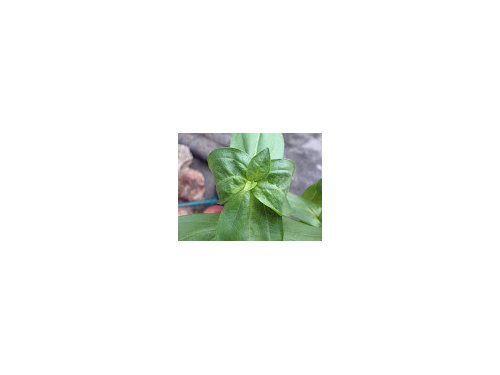
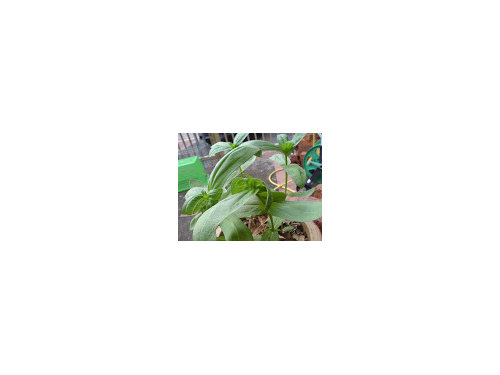
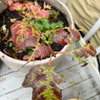

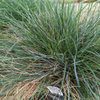
IanW Zone 5 Ont. Can.
calliope
Related Professionals
Manhattan Beach Landscape Architects & Landscape Designers · Alexandria Landscape Contractors · Mooresville Landscape Contractors · Brooklyn Park Landscape Contractors · Chesapeake Ranch Estates Landscape Contractors · Choctaw Landscape Contractors · Davis Landscape Contractors · East Lake-Orient Park Landscape Contractors · Hayward Landscape Contractors · Huntington Landscape Contractors · Lake Worth Landscape Contractors · Lemont Landscape Contractors · Lynchburg Landscape Contractors · Marlborough Landscape Contractors · New Providence Landscape ContractorsenoughclichesOriginal Author
Kimmsr
enoughclichesOriginal Author
IanW Zone 5 Ont. Can.
enoughclichesOriginal Author
tapla (mid-Michigan, USDA z5b-6a)
golfcole